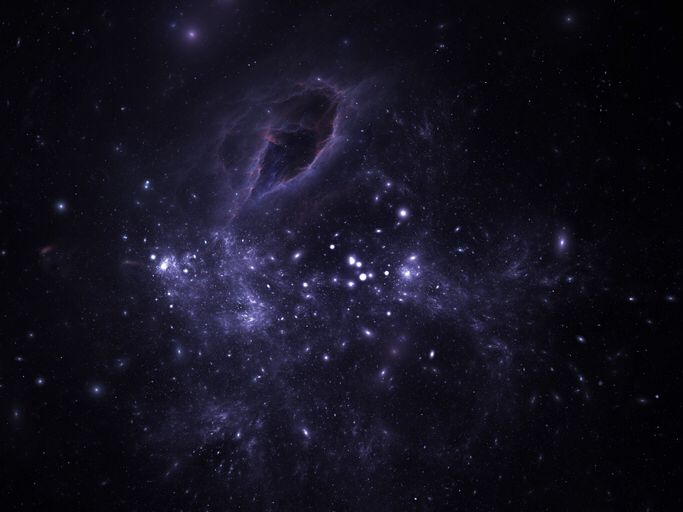Scientists Edge Closer to Unlocking the Mystery of Dark Matter

Washington, October 17, 2025 Scientists believe they are a step closer to confirming the existence of dark matter — the invisible material that is thought to make up more than a quarter of the universe. New research focused on a faint glow of gamma rays near the center of the Milky Way could hold the answers to one of science’s biggest mysteries. Everything visible in the universe, including stars, planets, and people, is made up of ordinary matter. This kind of matter makes up only about 5% of the cosmos and can be detected in forms of light such as infrared, visible light, and gamma rays. In contrast, dark matter does not emit, reflect, or absorb light, making it invisible to telescopes. Scientists estimate that dark matter forms about 27% of the universe, while another mysterious force known as dark energy makes up the remaining 68%. For decades, scientists have been certain that dark matter exists because of the way its gravity affects galaxies and other cosmic structures. However, proving its presence directly has been extremely difficult. Now, observations from NASA’s Fermi Gamma-ray Space Telescope have revealed an unexplained excess of gamma rays from a vast region near the Milky Way’s core. This discovery might finally offer indirect evidence of dark matter. Researchers have long debated two possible explanations for these gamma rays. One theory suggests they result from collisions between dark matter particles clustered around the galactic center. Another theory attributes them to millisecond pulsars — fast-spinning neutron stars that emit light across many wavelengths. A new study published in Physical Review Letters analyzed both possibilities using advanced computer simulations. The results showed that dark matter interactions could produce gamma rays identical to those observed by the Fermi telescope. In other words, both theories now appear equally likely. “Understanding the nature of dark matter, which fills our galaxy and the universe, is one of the greatest challenges in physics,” said cosmologist Joseph Silk of Johns Hopkins University and the Institute of Astrophysics of Paris. “Our results show that dark matter fits the gamma-ray data as well as the neutron star explanation. This means the chances of having detected dark matter indirectly have gone up.” To confirm the findings, scientists are looking toward the Cherenkov Telescope Array Observatory, currently being built in Chile. Expected to be operational by 2026, it will be the world’s most powerful ground-based gamma-ray telescope. Researchers hope it will be able to distinguish between signals from dark matter collisions and millisecond pulsars. Lead author Moorits Mihkel Muru from the University of Tartu said, “Dark matter cannot be seen directly because it doesn’t emit or block light. We detect it only through its gravitational pull on visible matter. Despite decades of effort, no experiment has yet captured dark matter particles directly.” The mysterious gamma-ray glow stretches across a region about 7,000 light-years wide near the heart of our galaxy, roughly 26,000 light-years from Earth. If confirmed, this discovery could bring humanity closer than ever to uncovering the true nature of the invisible universe surrounding A Step Closer to Unveiling the Invisible Universe Scientists may finally be on the verge of proving dark matter’s existence — the mysterious substance believed to make up more than a quarter of the universe. By studying a faint glow of gamma rays near the Milky Way’s center, researchers have found new evidence that could confirm what has long been invisible to science. The study shows that these rays might come from colliding dark matter particles, giving humanity its closest glimpse yet into the unseen side of the cosmos. The truth about our universe might soon come to light — literally.




